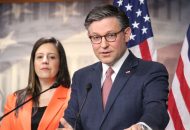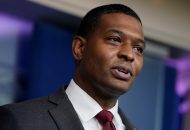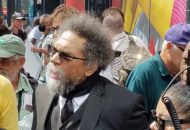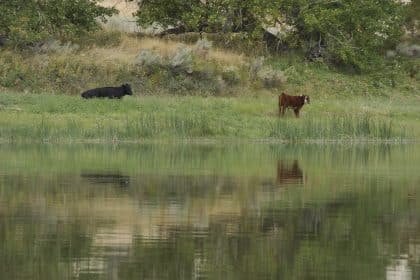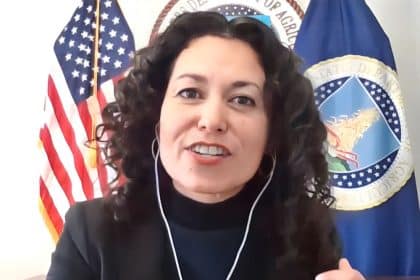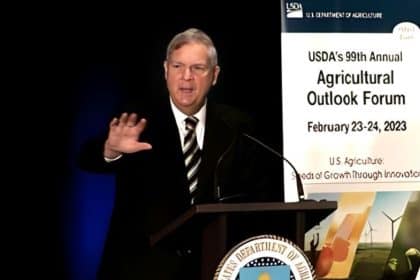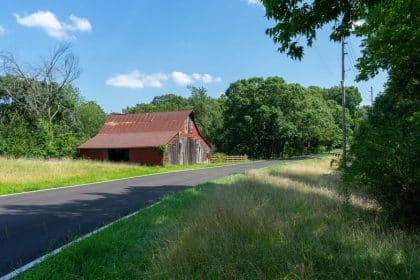Interior Department to Convene Summit to Improve Tribal Broadband Access
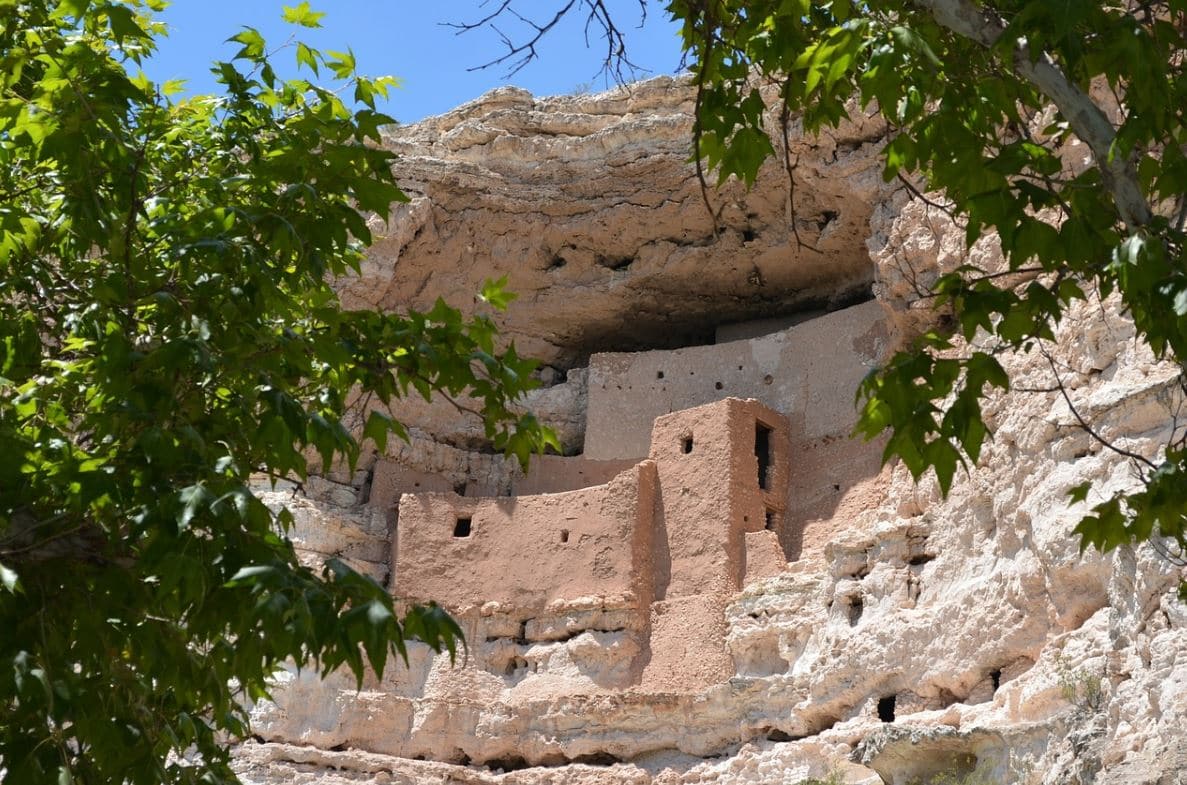
WASHINGTON – The U.S. Interior Department, in collaboration with the U.S. Education Department and the Institute of Museum and Library Services, will host the first-ever National Tribal Broadband Summit, Sept. 23 and 24 in Washington, D.C.
According to the Federal Communications Commission, only 46.6% of tribal lands currently have broadcast access, compared to 73.3 percent of other rural parts of the country.
The summit is intended to equip participants with the tools needed to bridge the connectivity gap on tribal lands and unlock the opportunities that broadband access can provide.
“There are communities across the United States that are still waiting to catch up with 21st century technology,” said Tara Katuk MacLean Sweeney, assistant secretary for Indian Affairs, at the Interior Department.
“The Department is committed to improving economic opportunity and quality of life for American Indians and Alaska Natives. This Summit is a key opportunity to engage the private sector and make the business case for investing in Indian Country,” Sweeney said.
One of the primary goals of the event is to lay a foundation for building capacity among tribal communities to support broadband deployment and adoption, and identify new opportunities for private sector investment in broadband.
Jim Blew, assistant secretary for planning, evaluation, and policy development, at the Department of Education, said broadband “is especially important in rural and Tribal communities where the growing digital divide could exacerbate persistent achievement gaps.”
“All students need affordable broadband, at school and at home … the Department remains committed to working with our federal, state, tribal, and local colleagues to ensure that all students, including American Indian and Alaska Native students, have access to the tools that will enable them to find their pathway to success,” Blew said.
Registration is open to Tribal leaders, representatives of tribal organizations, representatives of schools and school districts serving under-connected native students, Tribal libraries, museums, and cultural centers, private sector, and federal program managers and policymakers.











